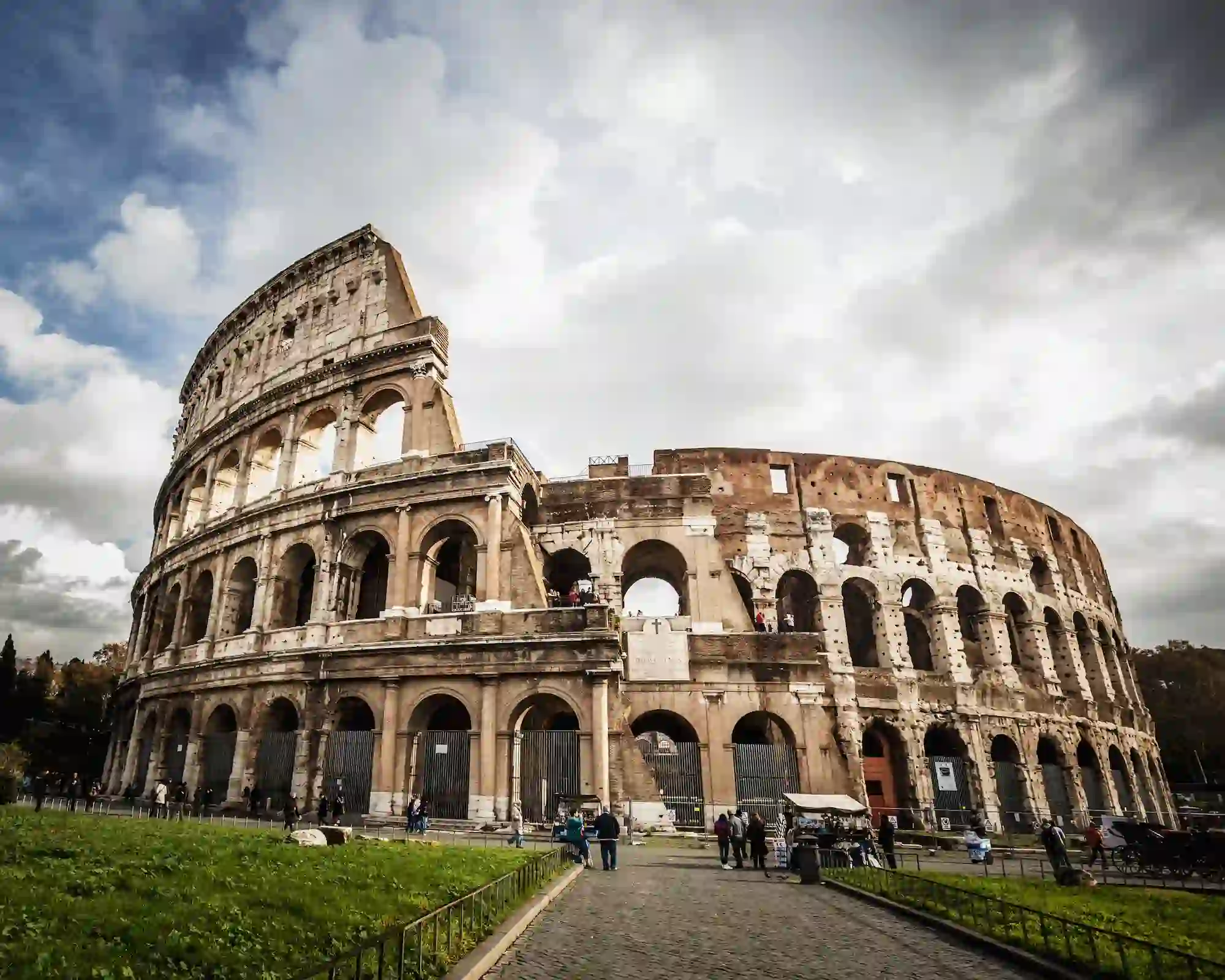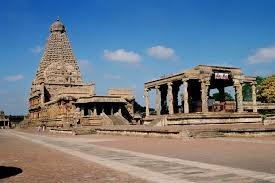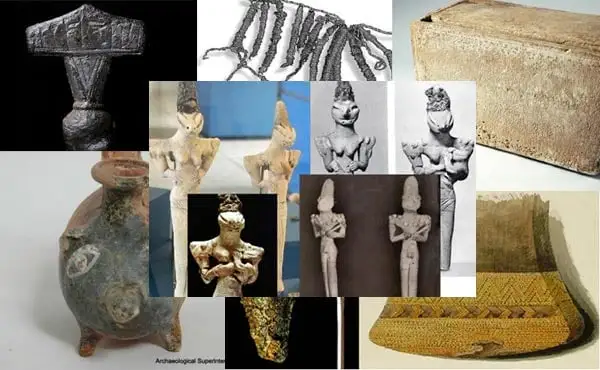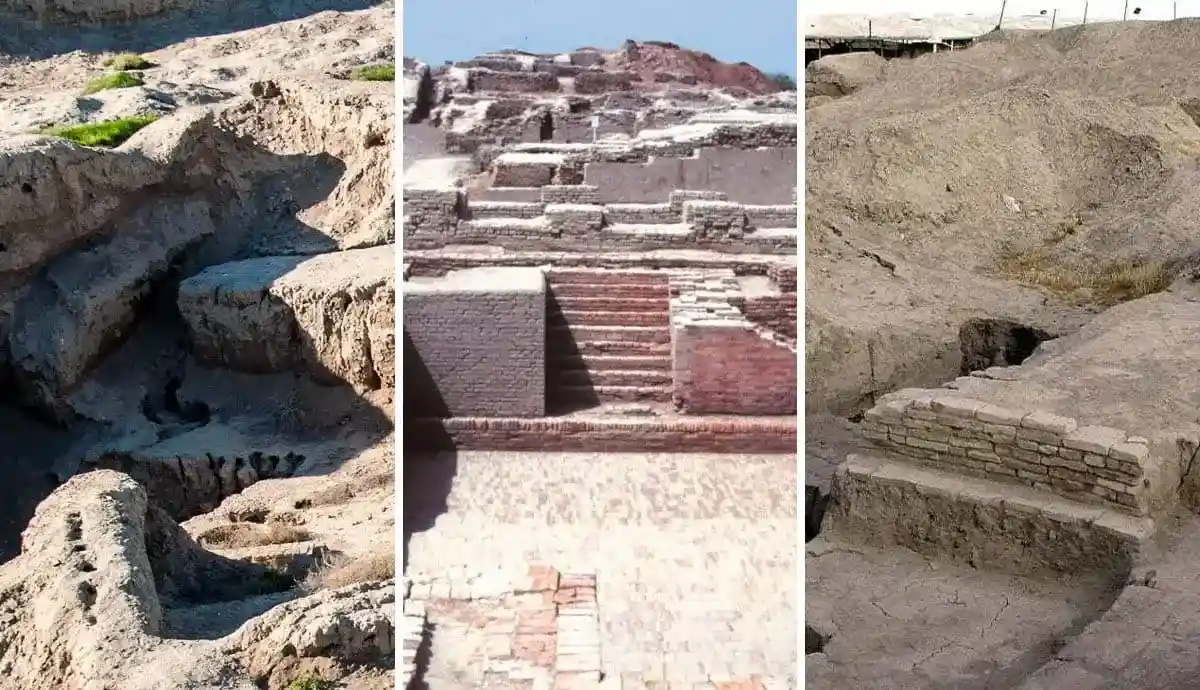Introduction
The ancient city of Rome, with its rich history and grandeur, stands as a testament to the remarkable achievements of one of the most powerful civilizations in the world. Spanning over a thousand years, the Roman Empire left an indelible mark on Western civilization. From its legendary founders Romulus and Remus to its eventual decline, this article explores the fascinating history of Ancient Rome.
- The Founding of Rome
According to legend, Rome was founded in 753 BCE by the twin brothers, Romulus and Remus. Raised by a she-wolf, they grew to become leaders of a small settlement on the banks of the Tiber River. Romulus later killed Remus in a power struggle, becoming the first king of Rome. This mythical beginning sets the stage for the rise of a mighty empire.
- The Roman Republic
In 509 BCE, Rome transitioned from a monarchy to a republic. The Roman Republic was governed by a senate and two consuls elected annually. It expanded its influence through a combination of military conquests and diplomacy. Notable figures such as Julius Caesar, Cicero, and Cato the Elder shaped the political landscape during this era.
- The Roman Empire
In 27 BCE, Octavian, later known as Augustus, became the first emperor of Rome, marking the beginning of the Roman Empire. This period witnessed a series of powerful emperors, including Augustus, Trajan, Hadrian, and Marcus Aurelius. The empire reached its zenith, extending its territories across Europe, North Africa, and the Middle East.
- Architecture and Engineering
Roman architecture and engineering are renowned for their grandeur and innovation. The Romans built magnificent structures like the Colosseum, the Pantheon, and the aqueducts. The Colosseum, with its seating capacity of 50,000, hosted gladiatorial games and spectacles. The Pantheon, a marvel of engineering, is still admired for its massive dome. Aqueducts, such as the Pont du Gard, supplied water to cities and showcased Roman engineering prowess.
- Law and Governance
Roman law and governance laid the foundation for modern legal systems. The Twelve Tables, a set of laws inscribed on bronze tablets, established the rights and obligations of Roman citizens. The concept of “innocent until proven guilty” originated in Roman law. The republic’s governance model also influenced democratic systems worldwide.
- Pax Romana
Under the Pax Romana (Roman Peace), the empire experienced relative stability and prosperity. This period, spanning from 27 BCE to 180 CE, witnessed advancements in art, literature, and philosophy. Roman literature produced remarkable works by poets like Virgil and Ovid. The philosopher Seneca and the historian Tacitus also emerged during this time.
- Religion and Mythology
The Romans worshipped a pantheon of gods and goddesses, adapting many from Greek mythology. Jupiter, Juno, Venus, and Mars were among the most revered deities. The emperor was often deified, and the Imperial Cult promoted emperor worship. Christianity emerged during the Roman Empire and eventually became the state religion under Emperor Constantine.
- Decline and Fall
The Roman Empire faced numerous challenges that led to its decline. Internal conflicts, economic crises, and invasions by Germanic tribes contributed to its eventual fall. In 476 CE, Odoacer, a Germanic chieftain, deposed the last Roman emperor, Romulus Augustulus, marking the end of the Western Roman Empire.
Conclusion
Ancient Rome stands as an extraordinary civilization that shaped the course of history. Its legacy is evident in the legal systems, architecture, and governance of modern societies. From its
![]()





